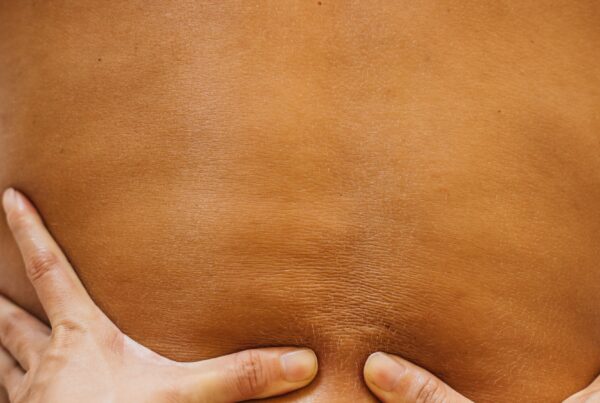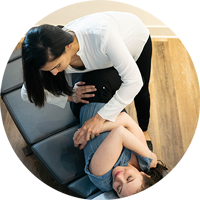HEPA FILTER GUIDE
Let’s clear the air on this health trend!
Within all our treatment rooms, we use a HEPA filter system to help clean the air of dust, pollen, mold, bacteria, and viruses.
If you aren’t already familiar with HEPA, it is considered the gold standard in filtration – removing 99.97 percent of airborne particles at least 0.3 or larger. Engineers and doctors have recently noted that HEPA filters, with the right features, can capture both smaller and larger particles even more efficiently, including the coronavirus.
As we spend more time indoors, you may be considering a portable air cleaner for an extra layer of protection in your household. In general, HEPA filter systems can be a healthy investment. It’s important to note that air purifiers are not to be considered a magic bullet in protection from pathogens like the coronavirus, nor will they eliminate all of the particles in the air.
However, it is a good idea to use a filter in your home if you have multiple people living under one household, host visitors, or have a household member who is sick with COVID-19.
With a wide variety of choices, there are a few key considerations to keep in mind to before purchasing:
How much air will your system move per hour?
The CADR of your filter is a rating that helps consumers understand how effective a device is at filtering various particles in a specific room size. The faster a purifier can exchange air in a room, the chances of capturing virus-laden particles are improved. In general, a higher the CADR number means more particles can be removed and more room can be covered.
Consumer Reports recommend a CADR of 240 or above for their recommended room size, if you are using an air purifier to clean the air of a person sick with COVID-19.
When purchasing, you’ll want to consider the size of the room you will cover and the desired strength. For reference, a CADR of 200 for pollen means the pollen concentration can be reduced at the equivalent of adding 200 cubic feet of fresh air per minute.
The EPA offers these minimum CADR ratings by room size:
Area sq ft | Minimum CADR
100 | 60
200 | 130
300 | 195
400 | 260
500 | 325
600 | 390
What are the annual costs for maintenance?
The costs and timing for filter-replacement will vary. When comparing models, be sure to calculate the cost per year to maintain filters. You’ll also want to factor in electricity costs since you will likely be running your purifier constantly. Some models are more energy efficient than others. Properly changing your filter will increase the efficiency of your device.
To ensure optimal safety and out of an abundance of caution, at Aligned Modern Health, we have made the decision to change filters within our treatment rooms even more frequently than recommended by the manufacturer.
Other considerations
Noise may be a factor for you, depending on where you are placing your device. If in your bedroom, you will want a model that has a low setting or minimal noise. Be sure to check reviews for noise ratings. When it comes to other bells and whistles, experts suggest taking additional claims not backed by evidence with a grain of salt and keeping in mind that some extra features may even increase ozone within your household.
If you currently live alone and do not anticipate visitors, a HEPA filter may not have significant impact on additional safeguards with COVID-19 but you still might want to consider one to help clear common pollutants.
Schedule
Please fill out the form to request an appointment at our health and wellness center for the service and location of your preference. We try to get back to all requests as quickly as possible. If you need immediate assistance, please call 773-598-4387.
Your safety comes first: we are operating with heightened safety measures in our clinics and offer telemedicine for those unable to visit in person.










